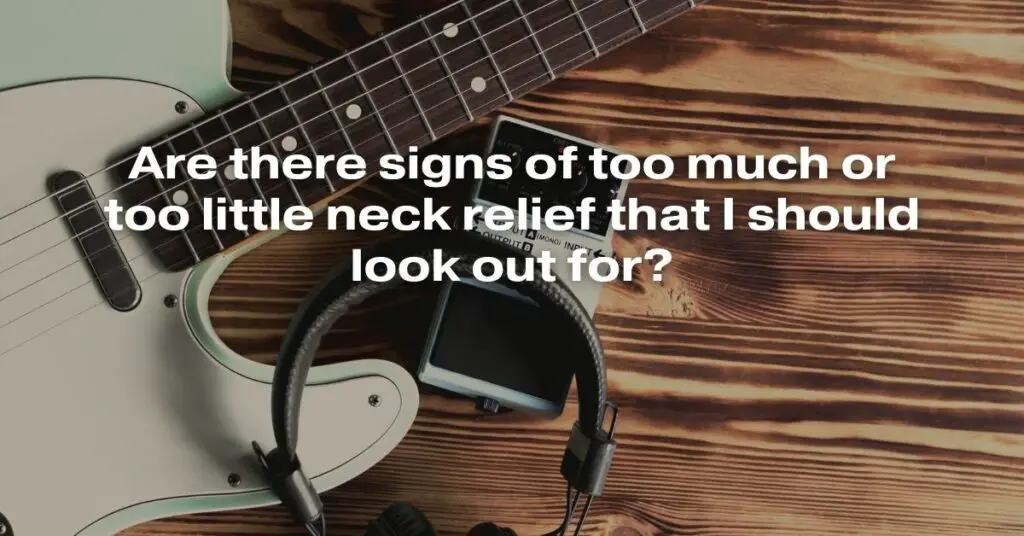Guitar setup is a nuanced art that involves balancing various factors to ensure optimal playability and sound quality. One of these critical elements is neck relief, referring to the slight curvature in the guitar neck. Proper neck relief is essential for comfortable playing, accurate intonation, and avoiding issues like fret buzz. However, determining the right amount of neck relief can be challenging for many players. In this article, we will explore the signs of both excessive and insufficient neck relief and why finding the right balance is crucial for any guitarist.
1. Excessive Neck Relief: Signs and Consequences
a) High Action:
Excessive neck relief can lead to high action, making it difficult to press down the strings. This can cause finger fatigue and impact your ability to play smoothly.
b) Fret Buzz:
When the neck has too much relief, the strings may come into contact with the frets in the middle of the neck, creating an undesirable buzzing sound during playing.
c) Intonation Issues:
Improper neck relief can affect the guitar’s intonation, making it sound out of tune, especially when playing higher up the fretboard.
d) Bowed Neck Appearance:
Visually, an excessively bowed neck is a clear sign of too much relief. If your guitar neck appears significantly curved, it might be a cause for concern.
2. Insufficient Neck Relief: Signs and Consequences
a) Low Action:
Insufficient neck relief can lead to low action, where the strings are too close to the frets. This can cause the strings to rattle against the frets, resulting in a buzzing sound.
b) Hard to Press Strings:
When the strings are too close to the frets due to lack of relief, it requires excessive force to press them down, leading to discomfort and reduced playability.
c) Sharp Intonation:
Inadequate neck relief can also cause sharp intonation issues, especially on the higher frets, making chords and melodies sound off-key.
d) Backbowed Appearance:
A backbowed neck, where the center of the neck appears flattened, is a visible indication of insufficient relief.
Finding the Right Balance:
a) Consult a Professional:
If you’re unsure about your guitar’s neck relief, it’s best to consult a professional luthier or guitar technician. They can assess your instrument and make necessary adjustments.
b) Climate Considerations:
Changes in humidity and temperature can affect your guitar’s neck. Keep your guitar in a stable environment to prevent drastic shifts that might alter its relief.
c) Experiment Carefully:
For experienced players, making minor adjustments to the truss rod can be done cautiously. However, it’s crucial to turn the truss rod in small increments and let the guitar adjust before making further changes.
Conclusion:
Finding the right balance of neck relief is essential for every guitarist, regardless of skill level. Being aware of the signs of both excessive and insufficient relief empowers players to identify issues promptly and seek professional help when needed. By maintaining the correct neck relief, you can ensure your guitar plays and sounds its best, providing you with a more enjoyable and satisfying playing experience.
Understanding the nuances of neck relief is vital for any guitarist, and being attentive to these signs can make a significant difference in your playing. Remember, when in doubt, always seek guidance from a professional to keep your guitar in optimal condition.


